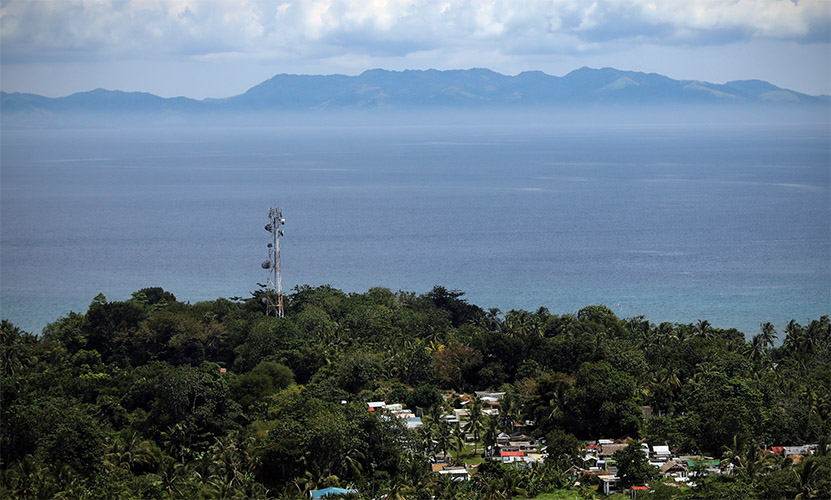Senator Win Gatchalian is eyeing the installation of a cell site in every DepEd school in the country to provide internet access to all of the country’s 42,046 barangays.

Since most, if not all, barangays nationwide have a public school, Gatchalian said these schools provide viable spots for cell sites that would ensure nationwide internet access. Gatchalian added that this proposal would help accelerate the installation of free wi-fi hotspots in the country’s public places, which would boost the capacity of schools to utilize distance learning in emergencies like the COVID-19 pandemic.
“We hit two birds with one stone. Out of the almost 62 thousand schools nationwide, merong 47 thousand na public schools. Now, there are about 42 thousand barangays nationwide. So bawat barangay merong public school at kung pwede nating patayuan ng cell site at wifi-based station sa bawat public school, sagip na natin ang buong Pilipinas dahil buong barangay ay makakabitan natin ng cell site,” said Gatchalian.
“Ang proposal natin sa telecommunication companies ay gamitin ang lupa ng ating mga public school,” he added.
Records from the Department of Education (DepEd) show that 58% of elementary schools, 80% of junior high schools and 72% of senior high schools are connected to the internet.
Based on a mapping of public schools and cell site towers by Project BASS or Bandwidth and Signal Statistics, 44 percent or 20,398 public schools were found to be located more than six kilometers away from the nearest cell site, which means they have either very poor or no access to the internet. The ideal distance for a school to the closest cell site should not be more than three kilometers to get a good internet connection.
Gatchalian also shared that in the long run, these cell sites would save the country’s public schools billions of pesos to pay for internet connection. He emphasized that bridging the digital divide will help the country’s education system to innovate and ensure that no learner is left behind.
“Kung meron sana tayong sapat na imprastraktura, meron tayong internet, meron tayong mga gadgets, hindi magiging problema yung pagtuturo sa mga estudyante, lalo na ngayong kailangan nating mag-shift sa distance learning,” said Gatchalian.
“Moving forward, kahit wala nang COVID-19, importante ring pagsikapan nating maabot ang bawat isang kabahayan gamit ang internet, at mabigyan natin ang mga bata ng kagamitan, mga gadgets, para magamit nila sa pag-aaral,” Gatchalian added.
The Chairman of the Senate Committee on Basic Education, Arts and Culture recently filed a resolution seeking a Senate inquiry on the implementation of Republic Act No.10929 or the Free Internet Access in Public Places Act.
Senate Resolution No. 392 aims to review the law’s implementation coverage and effectivity in elementary and secondary public schools, Alternative Learning System (ALS) centers, State Universities and Colleges (SUCs), Technical Education and Skills Development Authority (TESDA) technology institutions, and other community learning centers.


